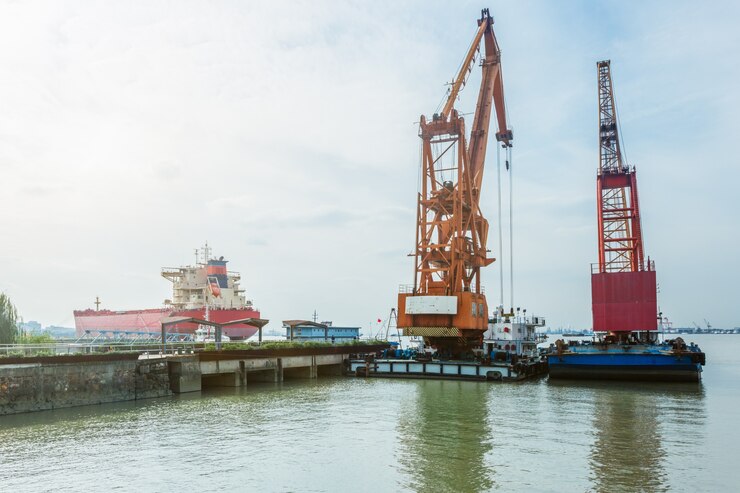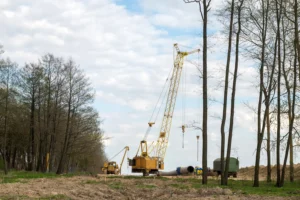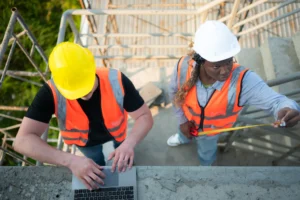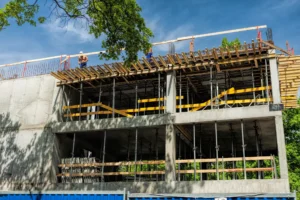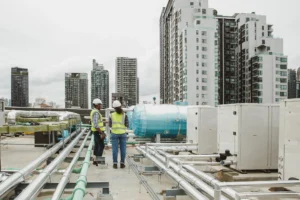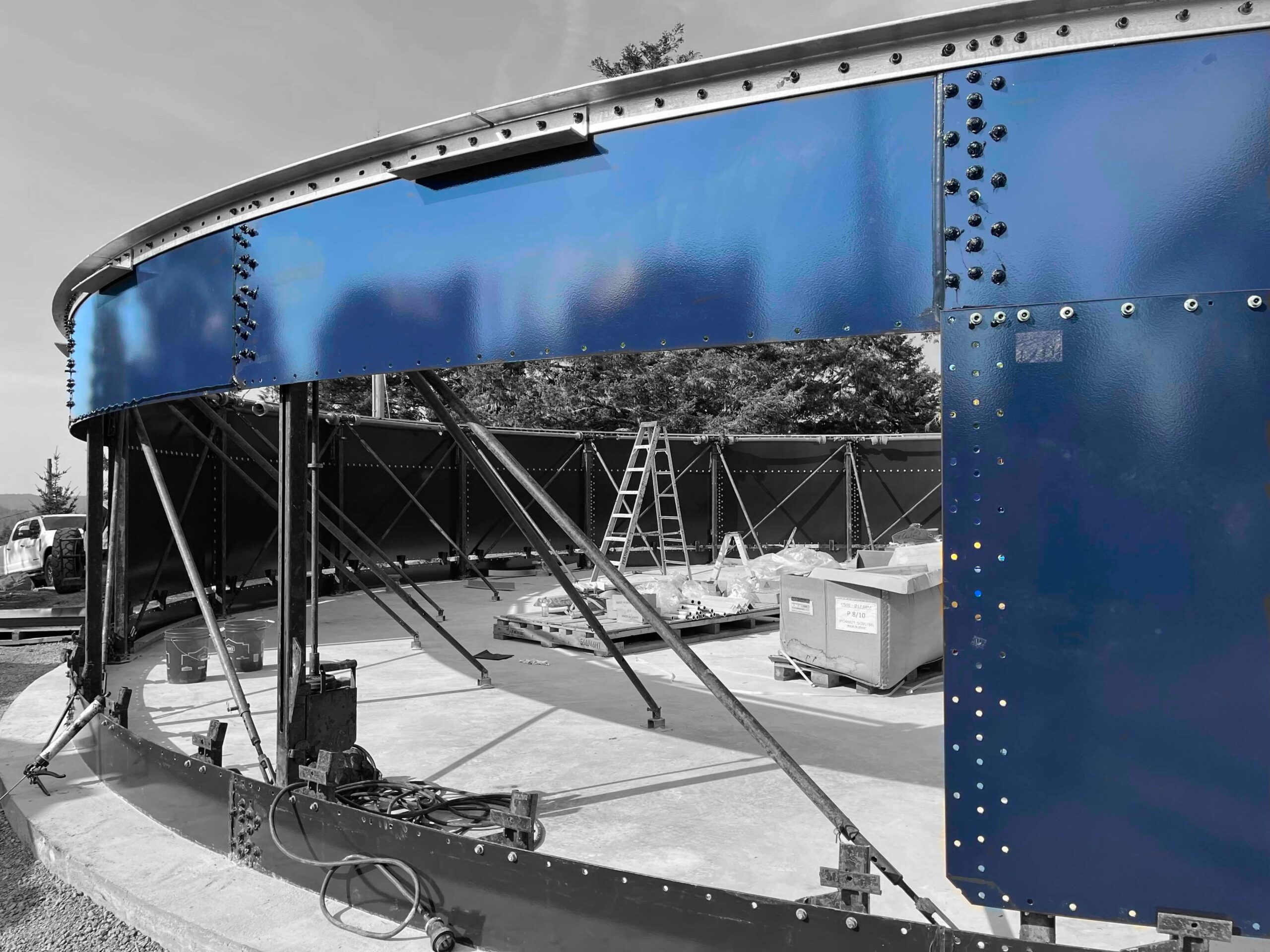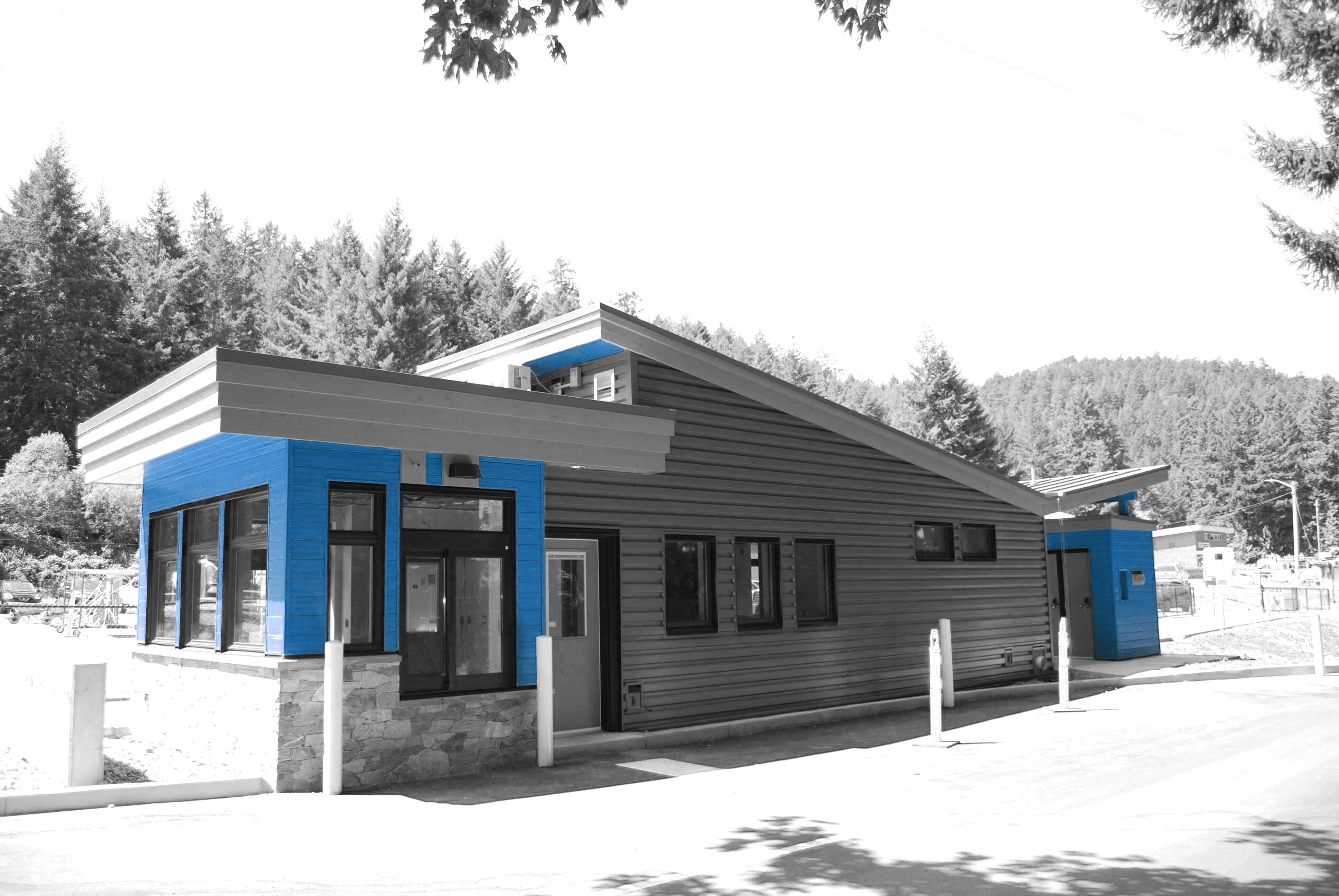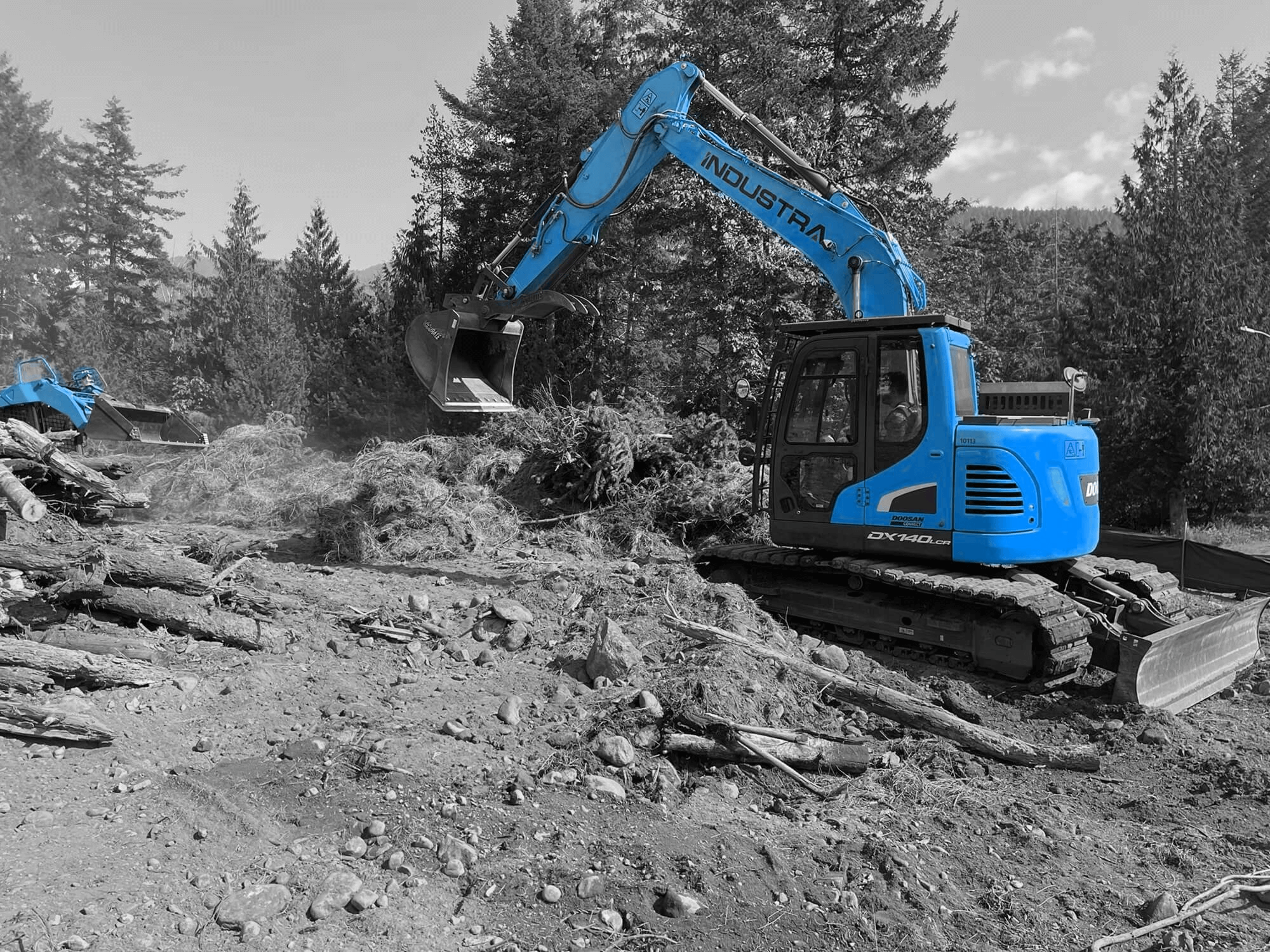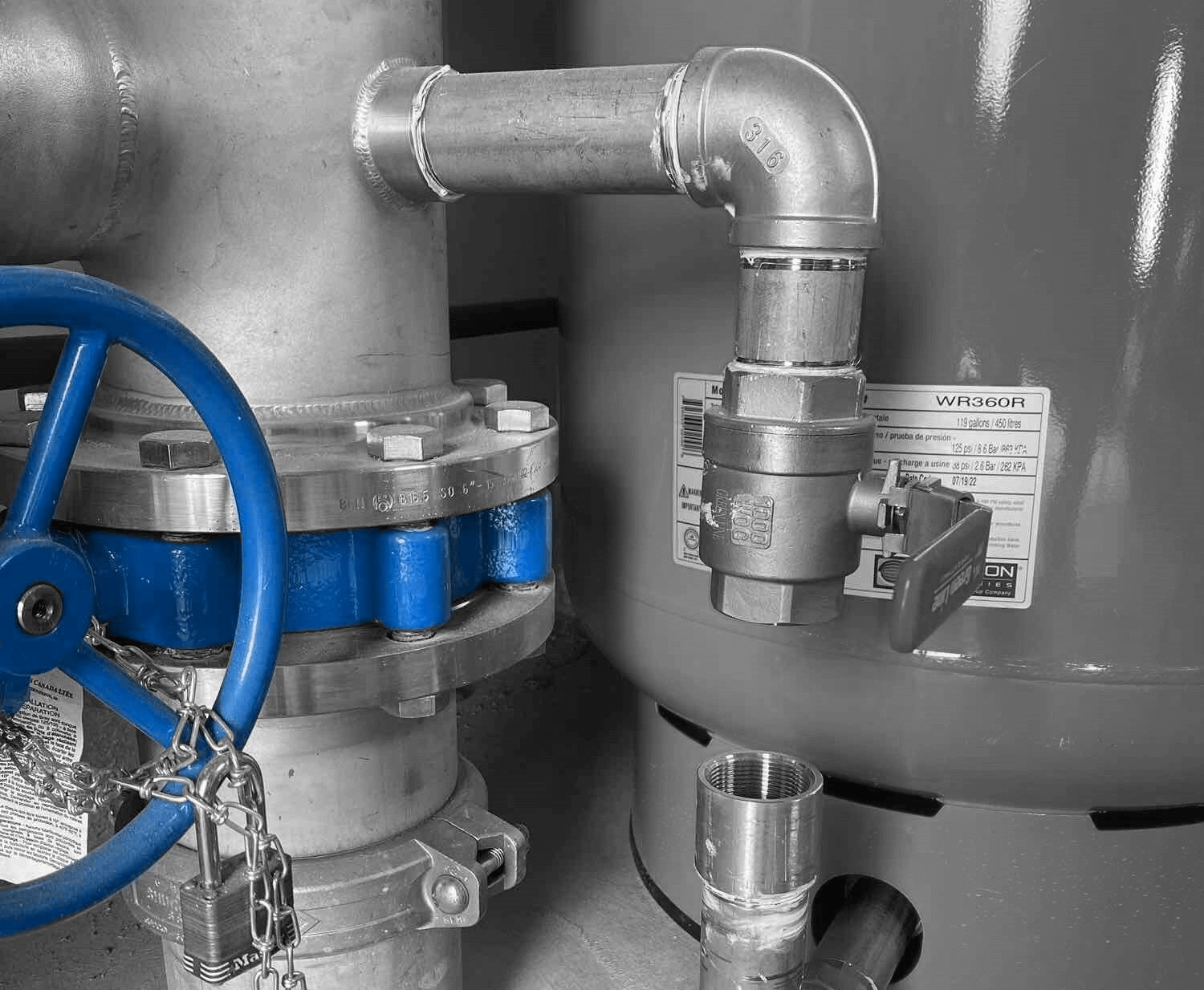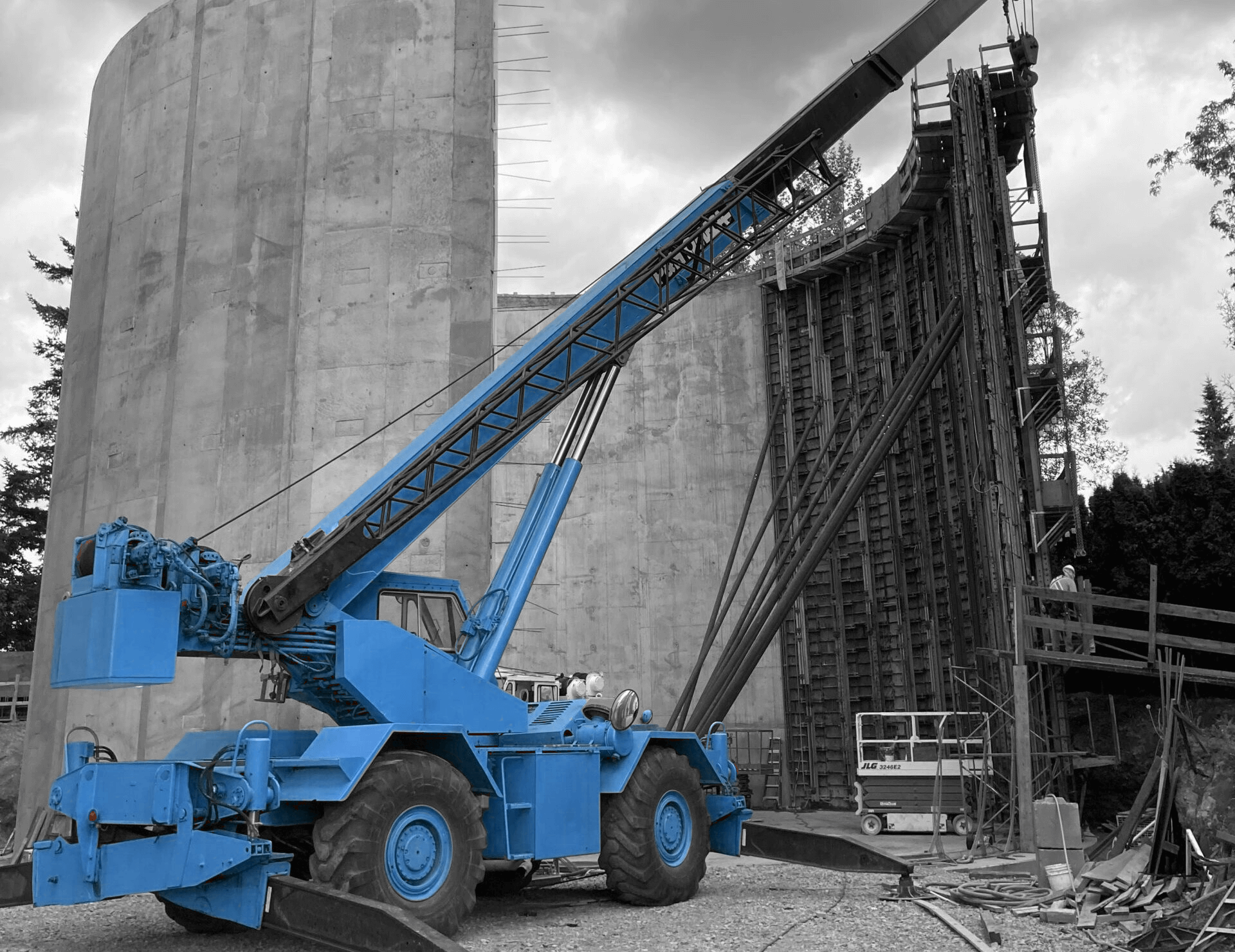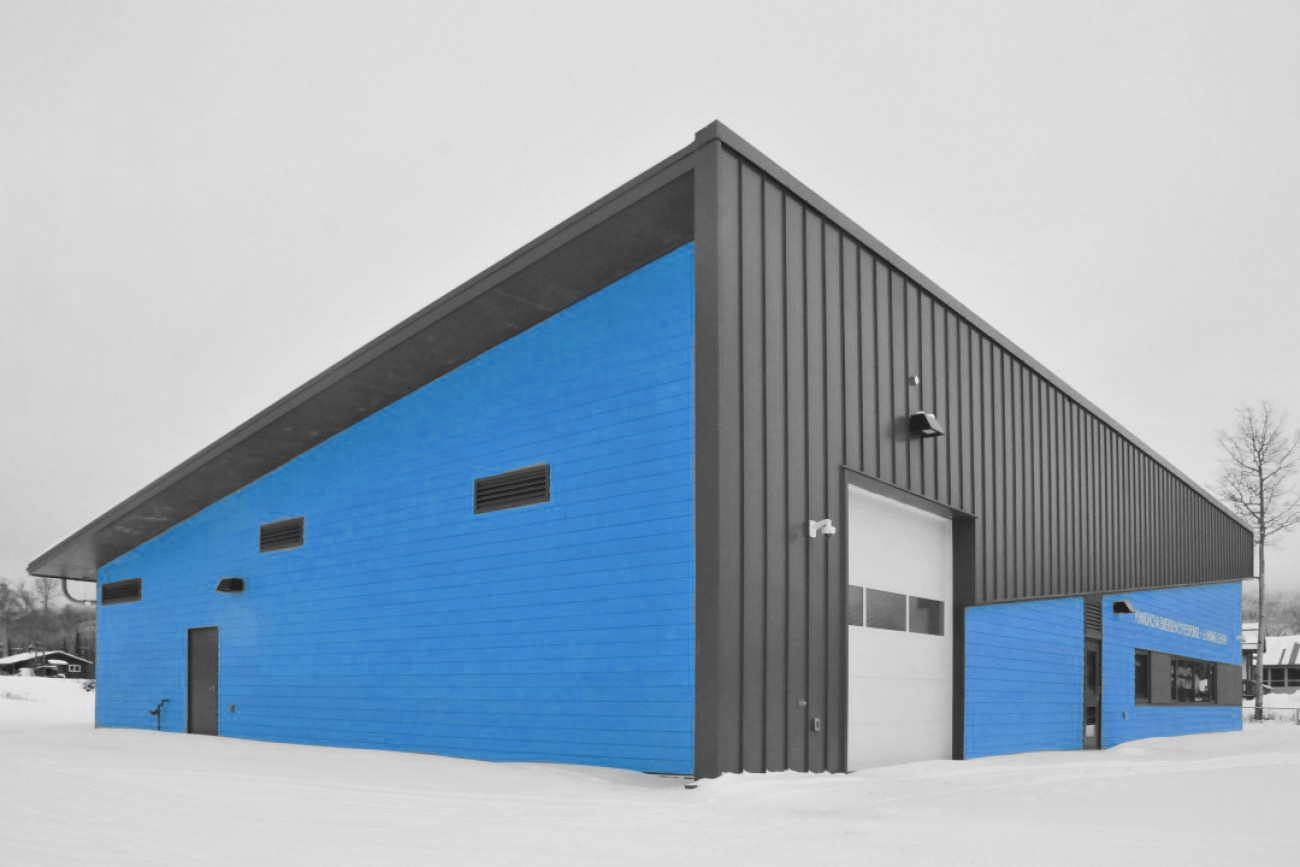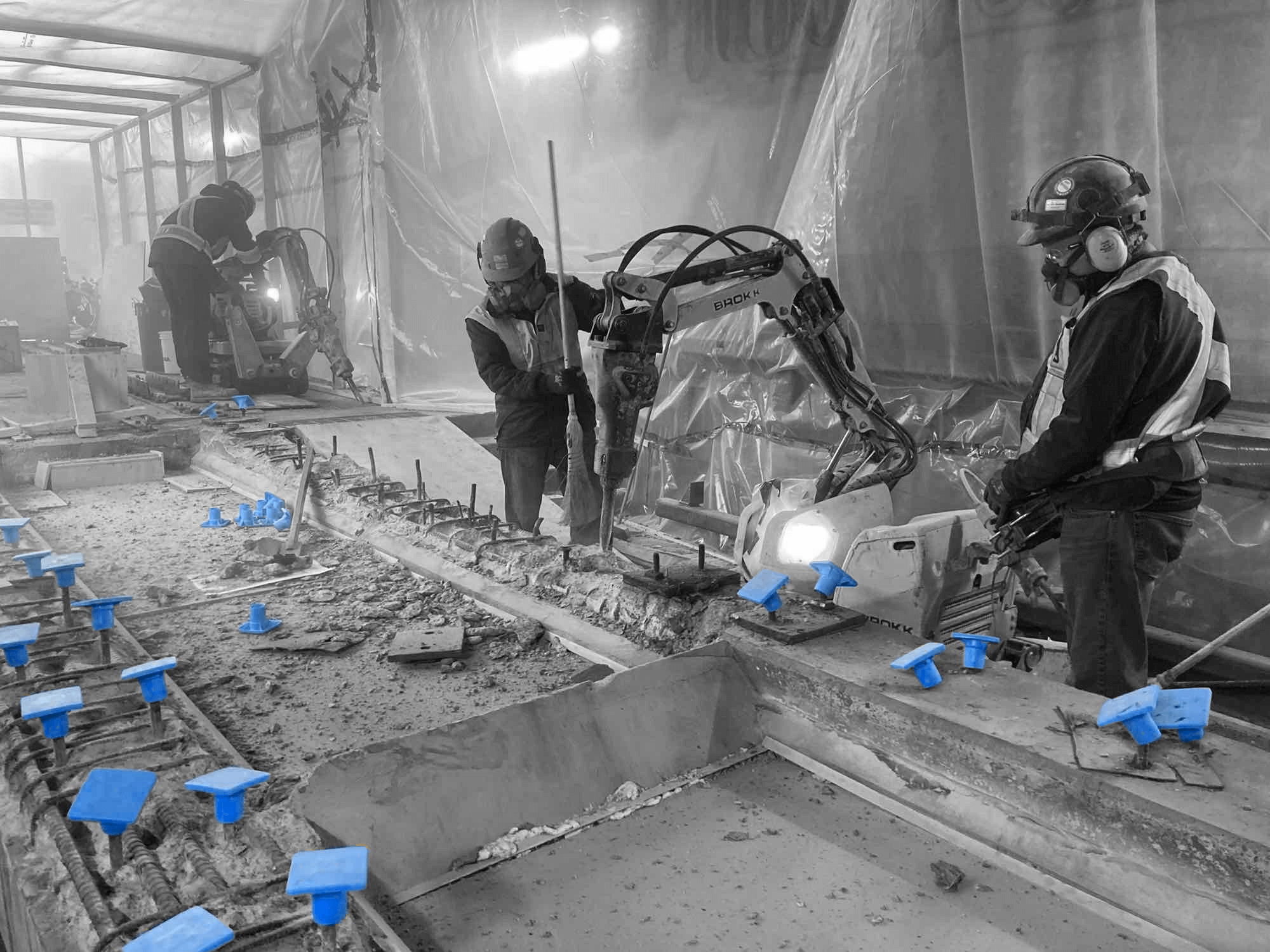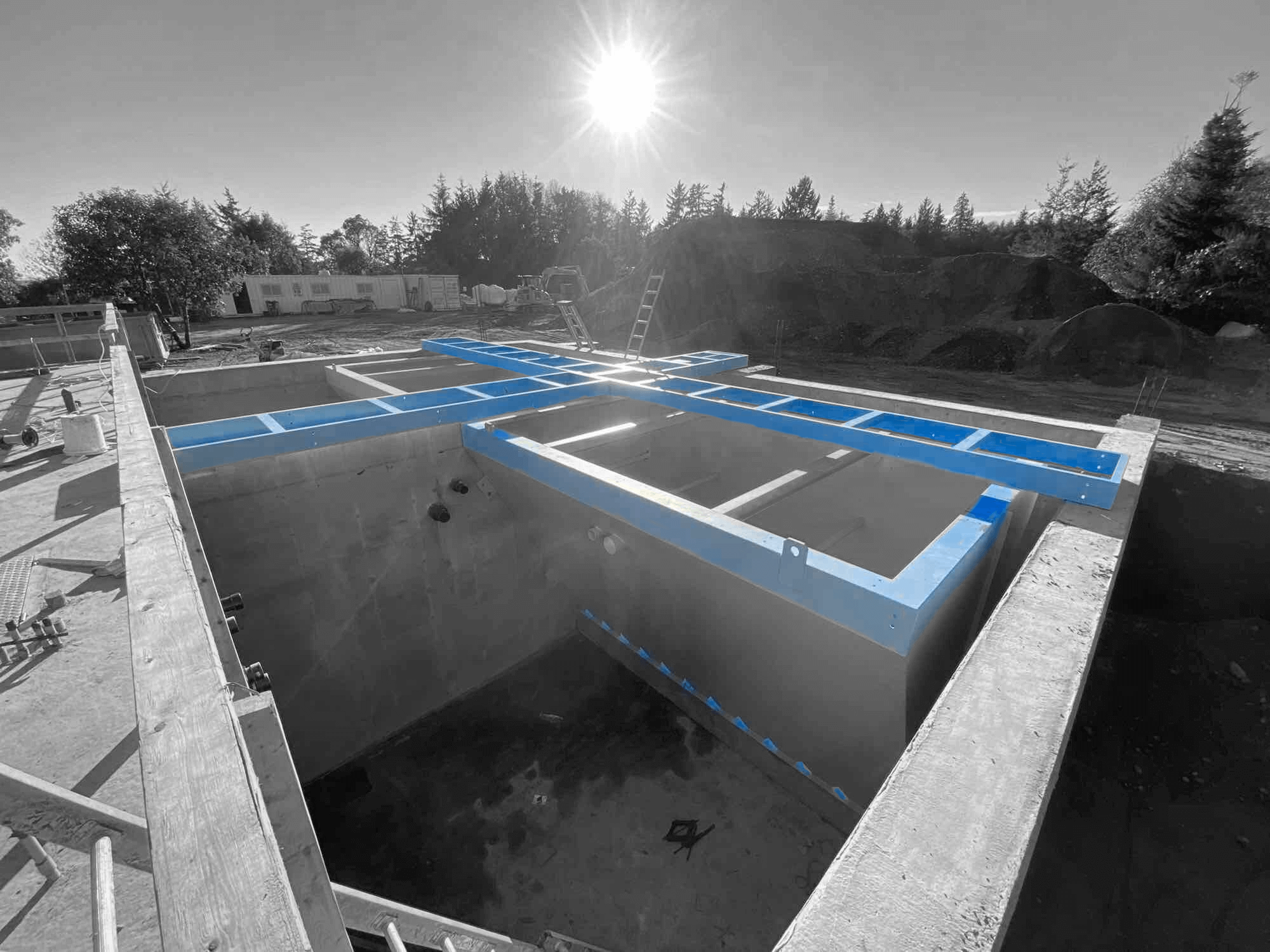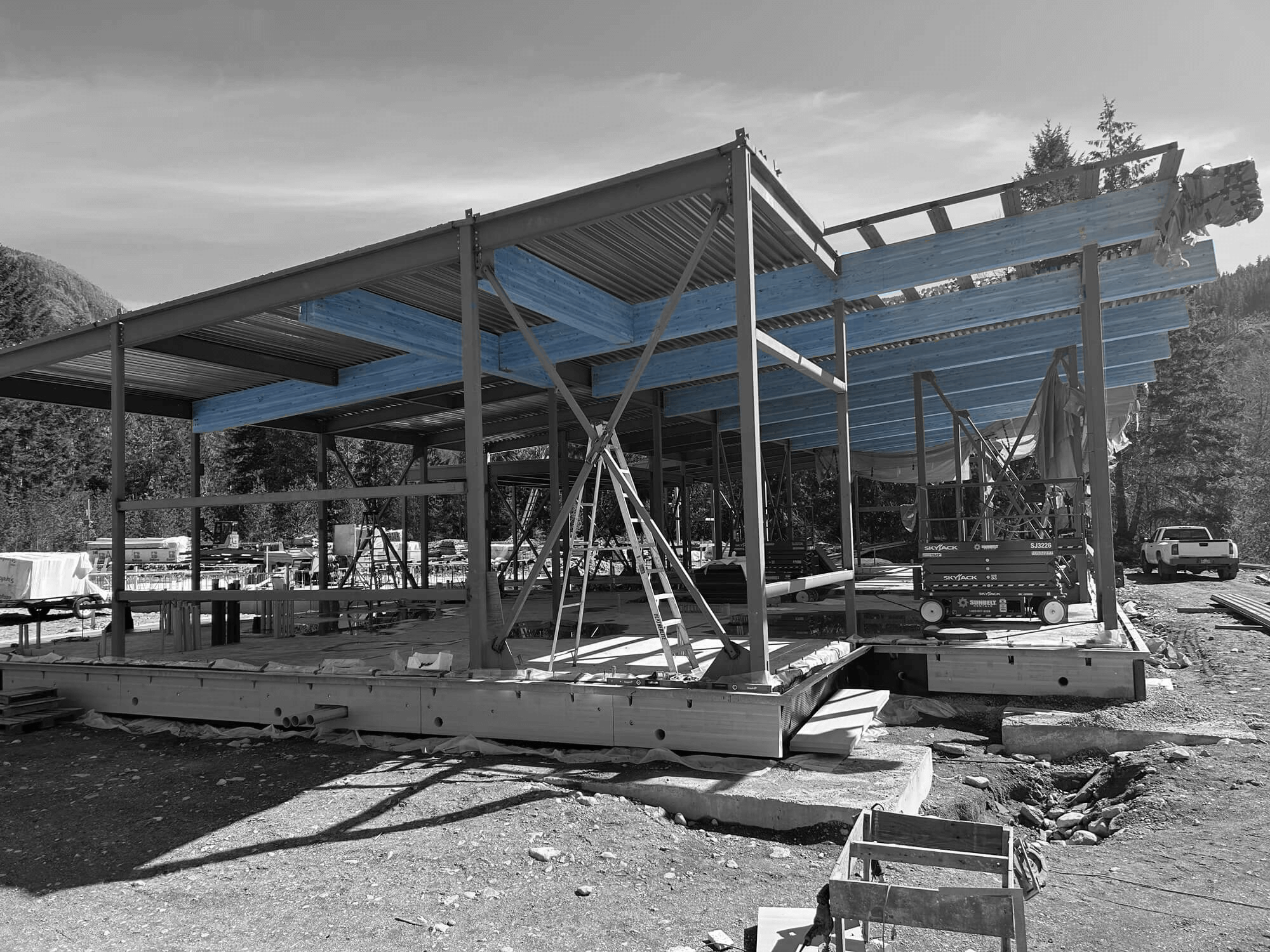Coastal erosion is a pressing issue impacting shorelines worldwide. It occurs when waves, tides, and currents gradually wear away the land, leading to significant changes in coastal landscapes. Human activities, such as construction and pollution, can speed up this natural process, posing challenges to communities living near the coast.
The effects of eroding shores extend beyond just losing land. Coastal erosion can damage homes, infrastructure, and ecosystems, affecting the livelihoods of those who rely on the coast. Additionally, it threatens habitats for wildlife and can disrupt the natural balance of coastal environments.
Addressing these challenges requires innovative marine construction solutions that can withstand the forces of nature while protecting the shoreline. These solutions not only safeguard communities but also help maintain the health of our coastal ecosystems. By understanding and implementing effective strategies, we can ensure that our shores remain stable and resilient for future generations.
Understanding Coastal Erosion: Causes and Challenges
Coastal erosion is a natural process driven by elements like wind, waves, and tidal patterns that gradually strip away coastal land. Over time, the relentless movement of water reshapes shorelines, altering landscapes in significant ways. Human activities further contribute to this erosion. Development close to coasts, coupled with practices like dredging and climate change, speeds up the breakdown of these delicate environments.
Several human-induced factors exacerbate coastal erosion. Construction projects often remove natural barriers like dunes and vegetation that help protect the coast. This vegetation acts as a buffer, absorbing wave energy and reducing the amount of soil and sand washed away. Additionally, rising sea levels, largely attributed to global warming, intensify the impact of tides and storms, accelerating land loss. Increased storm activity linked to changing climate patterns also contributes to more severe erosion.
The impact of eroding shores is profound. For communities, it means a higher risk of flooding and property damage, which can lead to massive economic losses. Infrastructure such as roads and bridges are at greater risk of collapse, making areas more difficult to access. Ecosystems also suffer as habitats are destroyed, endangering wildlife and disrupting ecological balance. With these challenges, identifying and implementing solutions to mitigate coastal erosion becomes essential for protecting life and the environment.
Key Marine Construction Techniques for Shoreline Protection
Marine construction offers several techniques to protect shorelines from erosion. Each approach plays a specific role in stabilizing the coast and minimizing the damage caused by natural forces. Some of the most effective methods include:
- Seawalls: Built along the coast, seawalls are solid barriers that reflect wave energy back to sea, preventing the waves from eroding the shore. Though effective, they can be costly to construct and maintain.
- Breakwaters: These are structures placed offshore to absorb wave energy, creating calmer waters near the shore. By reducing the force of waves, breakwaters help maintain the existing coastline and reduce erosion.
- Groynes: Constructed perpendicular to the shore, groynes trap sand moving along the coast due to longshore drift. This helps build up the beach and protect the coast from further erosion.
- Revetments: These sloping structures are placed on banks or cliffs to absorb and deflect wave energy. They are commonly made from rocks or concrete, offering a cost-effective erosion control solution.
Each technique helps stabilize and protect shorelines by breaking up wave action and retaining sand that forms beaches. These methods not only safeguard coastal properties and habitats but also preserve recreational areas used by the public. By strategically using these construction techniques, we can effectively combat erosion and maintain healthy coastal environments.
Innovative Solutions in Marine Construction
Marine construction is seeing exciting innovations that focus on sustainability and resilience. These new methods aim to protect shorelines while preserving natural ecosystems. One such innovation is the use of living shorelines. These combine natural elements like plants and sand with small, human-made structures. Living shorelines stabilize the coast, enhance habitat, and absorb wave energy naturally.
Another advancement is the development of eco-friendly materials. These materials are designed to reduce environmental impact and increase durability. Recycled materials and biodegradable options are gaining popularity. By using these materials, projects are not only protecting the coast but also reducing carbon footprints.
Technological advancements also play a crucial role. Drones and remote sensing technologies allow for precise and efficient monitoring of coastal erosion and construction progress. These tools provide valuable data that can be used to adapt strategies in real-time, ensuring that the construction is effective and minimal disruption occurs to the surrounding environment. These innovative solutions make marine construction more adaptable and responsive, ultimately leading to more resilient shorelines and sustainable coastal environments.
Planning and Execution of Marine Construction Projects
Successful marine construction projects require careful planning and execution. It’s important to start with a comprehensive site assessment to understand the local environment and erosion patterns. This helps determine the most suitable techniques for the specific location. Detailed planning also involves identifying potential impacts on wildlife and shoreline dynamics.
Here are key guidelines for implementing effective projects:
- Stakeholder Engagement: Involve local communities and stakeholders early in the project to ensure their needs and concerns are addressed.
- Regulatory Compliance: Stay informed about local, provincial, and federal regulations regarding coastal construction to ensure the project meets all legal requirements.
- Adaptive Management: Use a flexible approach that allows for adjustments based on environmental conditions and project monitoring outcomes.
- Sustainable Practices: Prioritize eco-friendly methods and materials to minimize ecological disruption and promote biodiversity.
Considering environmental and community factors is essential in project design. This not only avoids potential conflicts but also enhances project success and acceptance by the local populace. Proper planning and execution ensure marine construction projects meet their goals of protecting and preserving coastal areas for the future.
Conclusion
Coastal erosion presents a major challenge, threatening our shores, communities, and ecosystems. Marine construction offers powerful solutions to these issues, with a range of techniques available to protect and stabilize shorelines. By embracing innovative and sustainable methods, we can create resilient coastlines that harmonize with their natural settings.
It is critical to approach each project with consideration for the environment and the people who depend on these fragile ecosystems. Thoughtful planning, combined with modern technology and respectful engagement with local communities, can lead to successful outcomes. Ensuring that projects are both effective in their immediate goals and sustainable in the long term is key to maintaining the essential balance between human needs and environmental health.
As we move forward in addressing coastal erosion, Industra Construction Corp. stands ready to bring expertise and innovation to your marine construction projects. Protect your shores with trusted solutions that focus on resilience and sustainability. Reach out to us today to explore how we can partner with you to preserve your coastal environment for generations to come.


